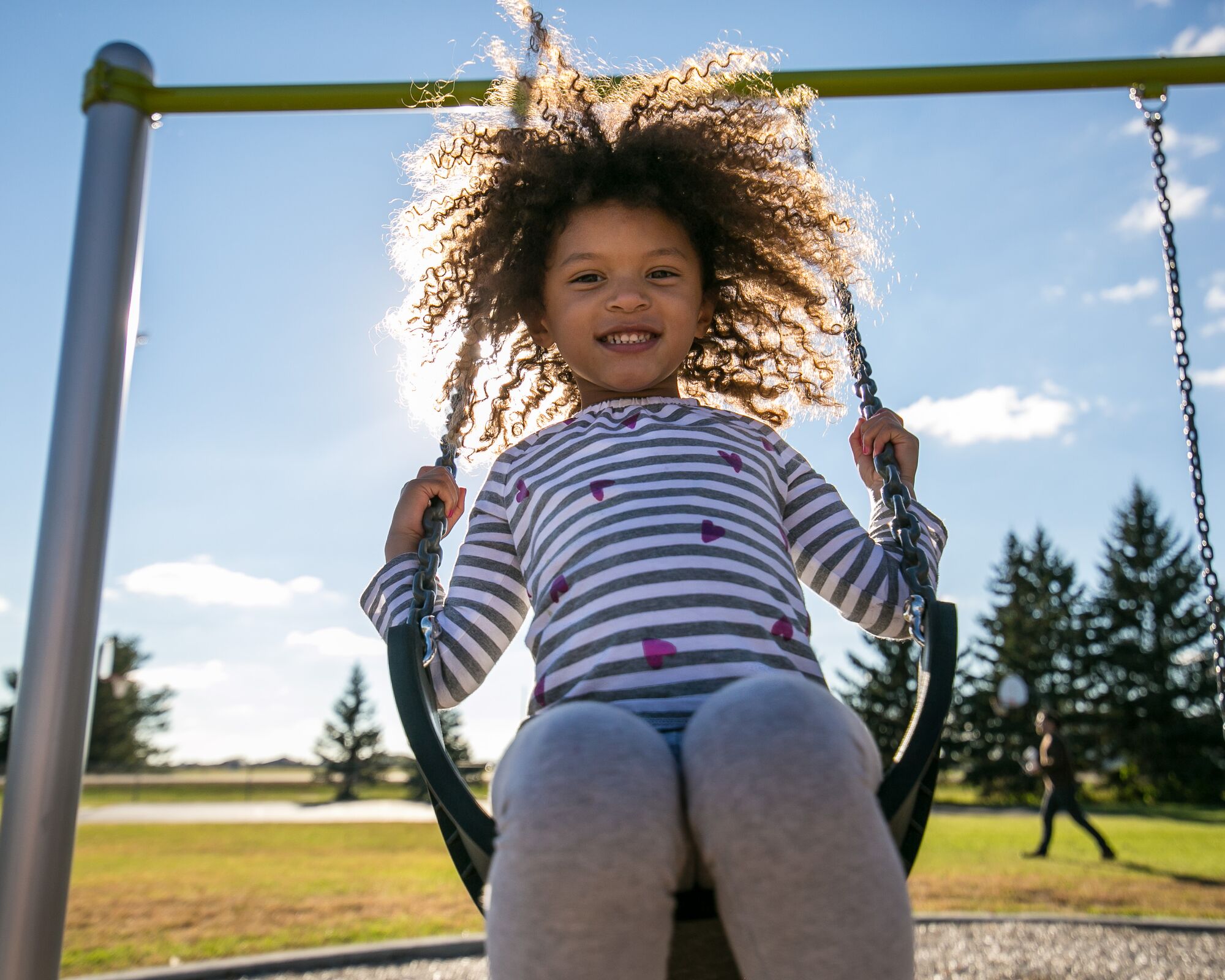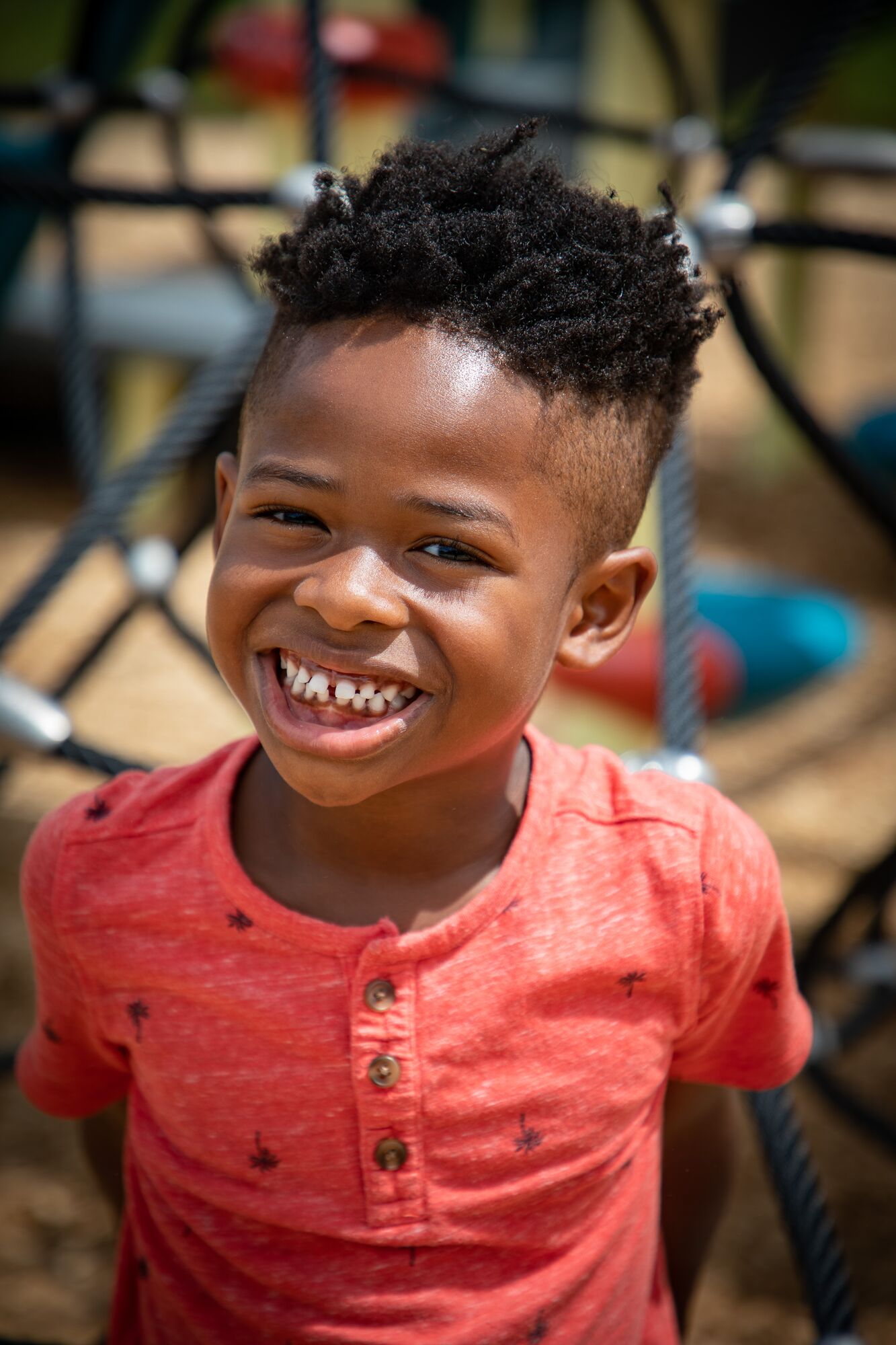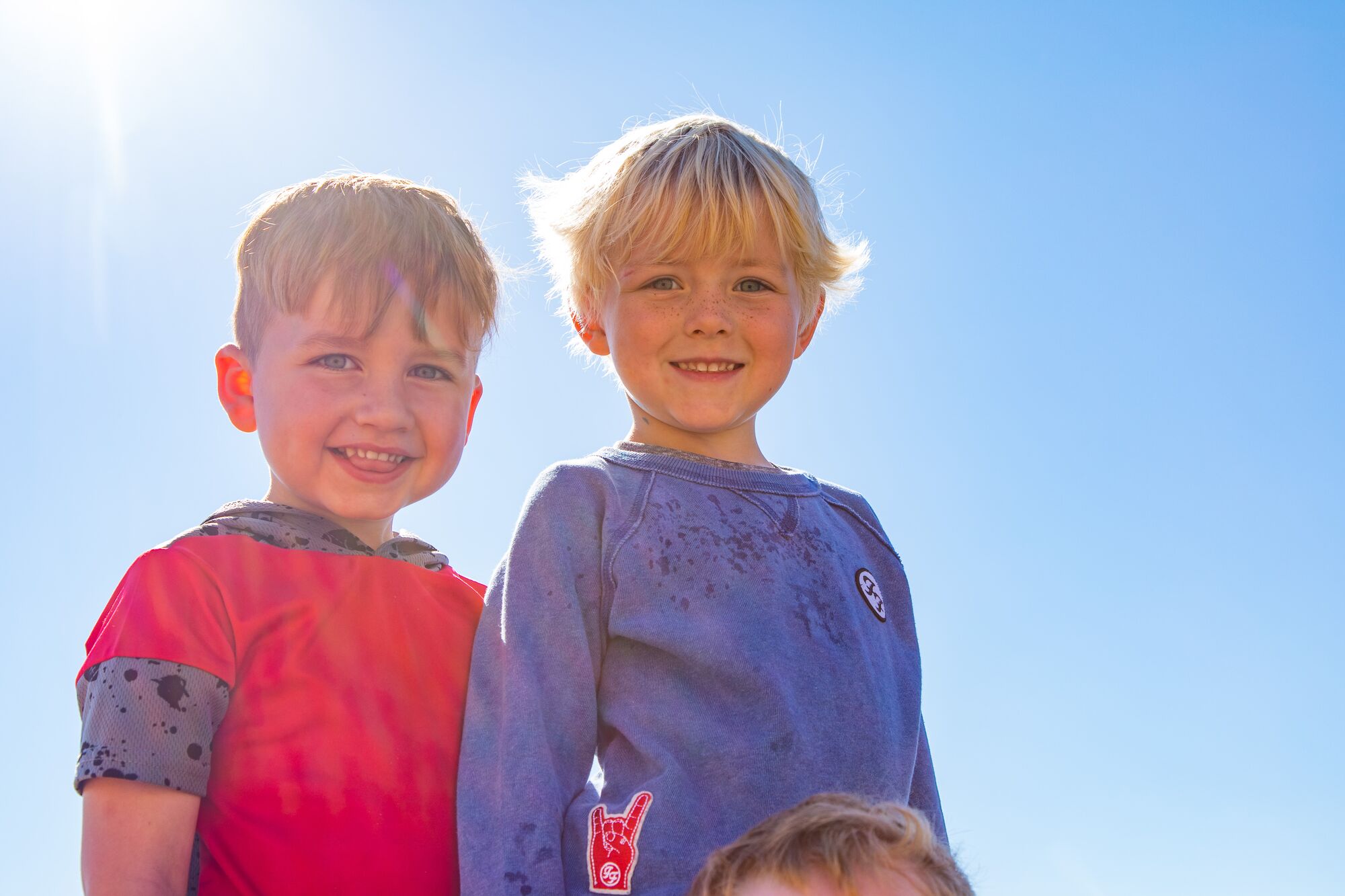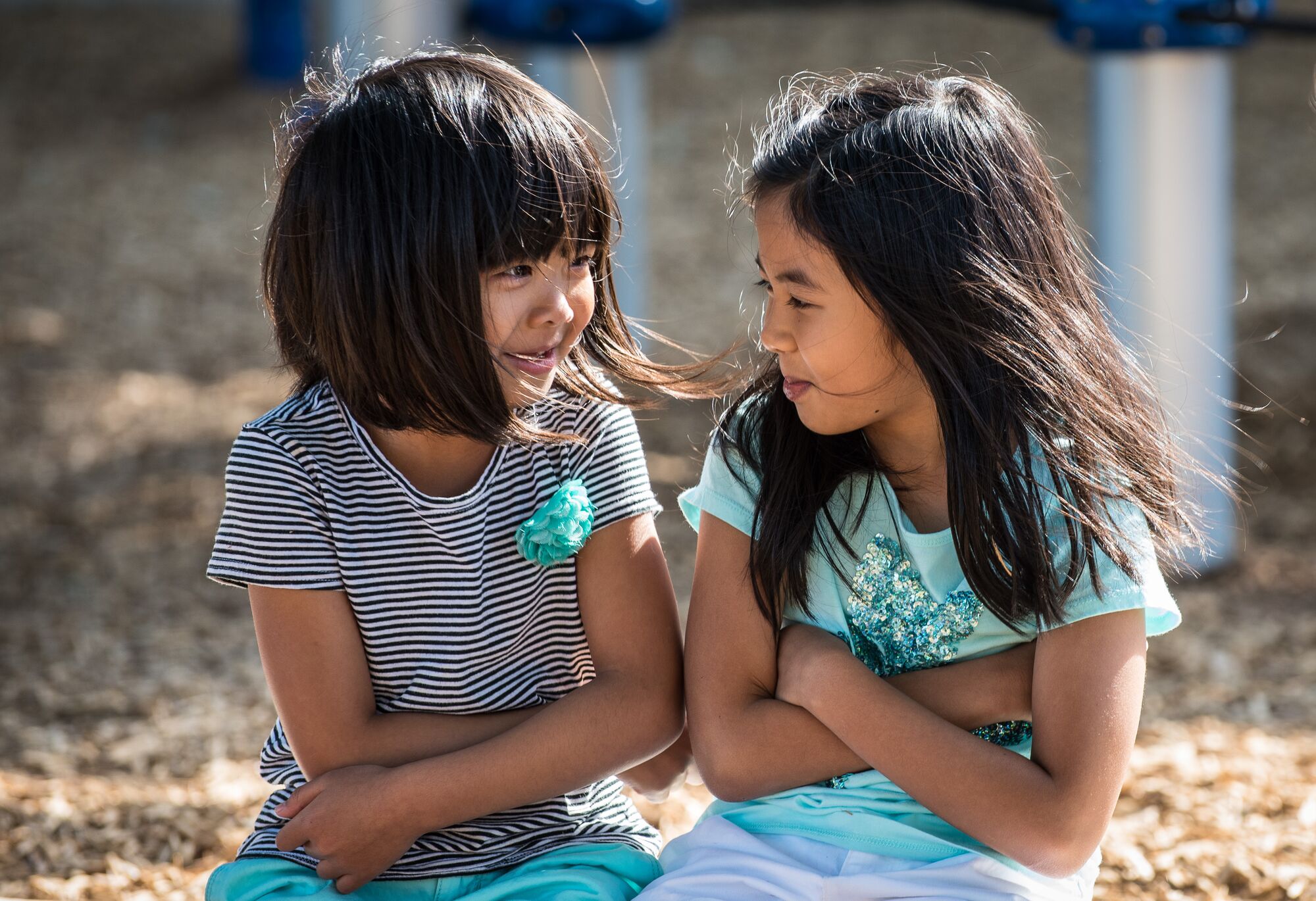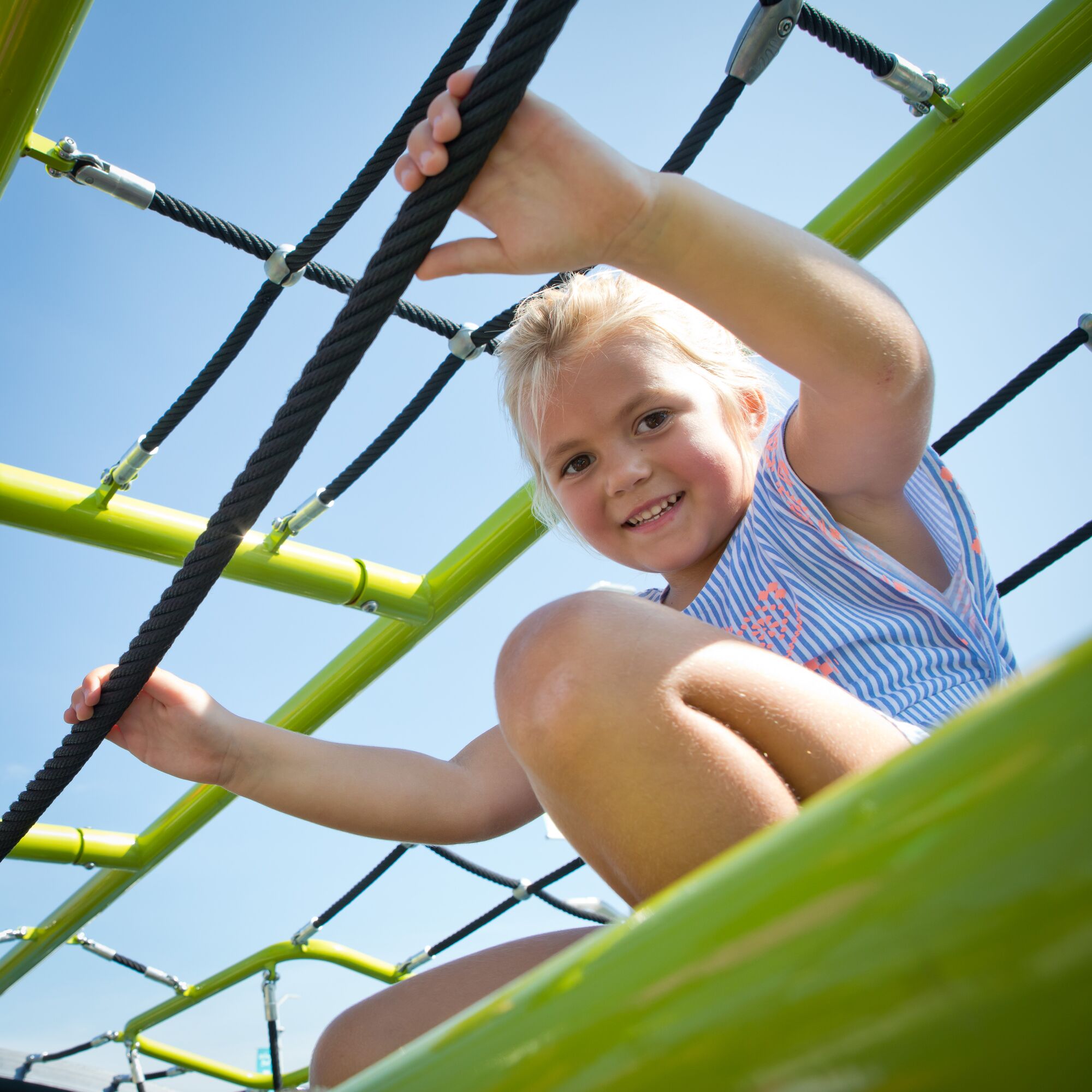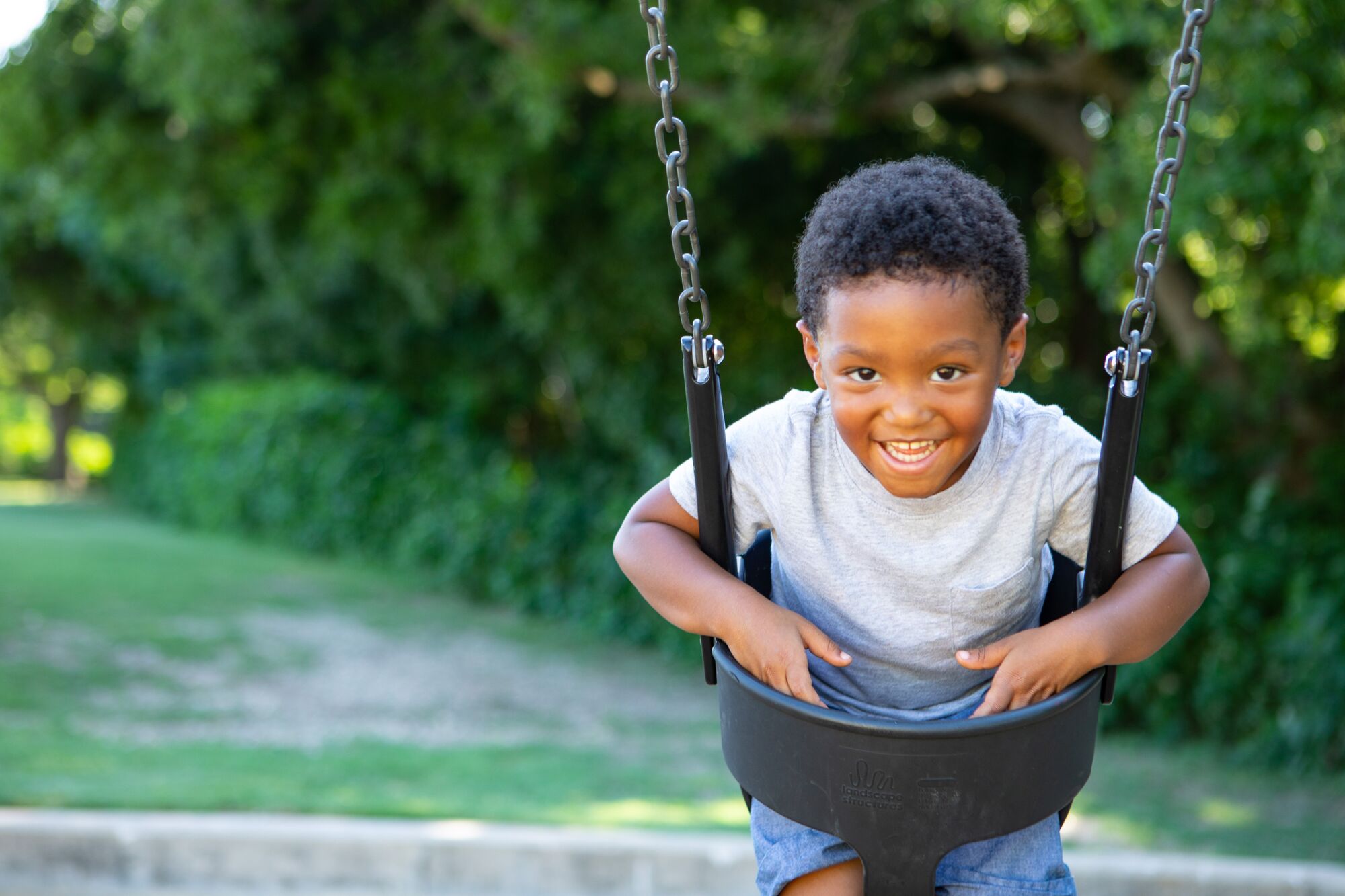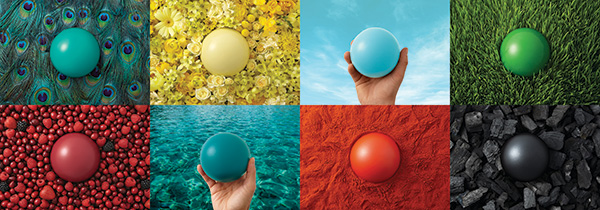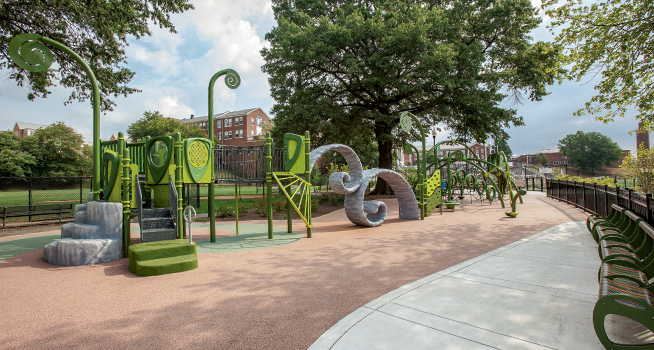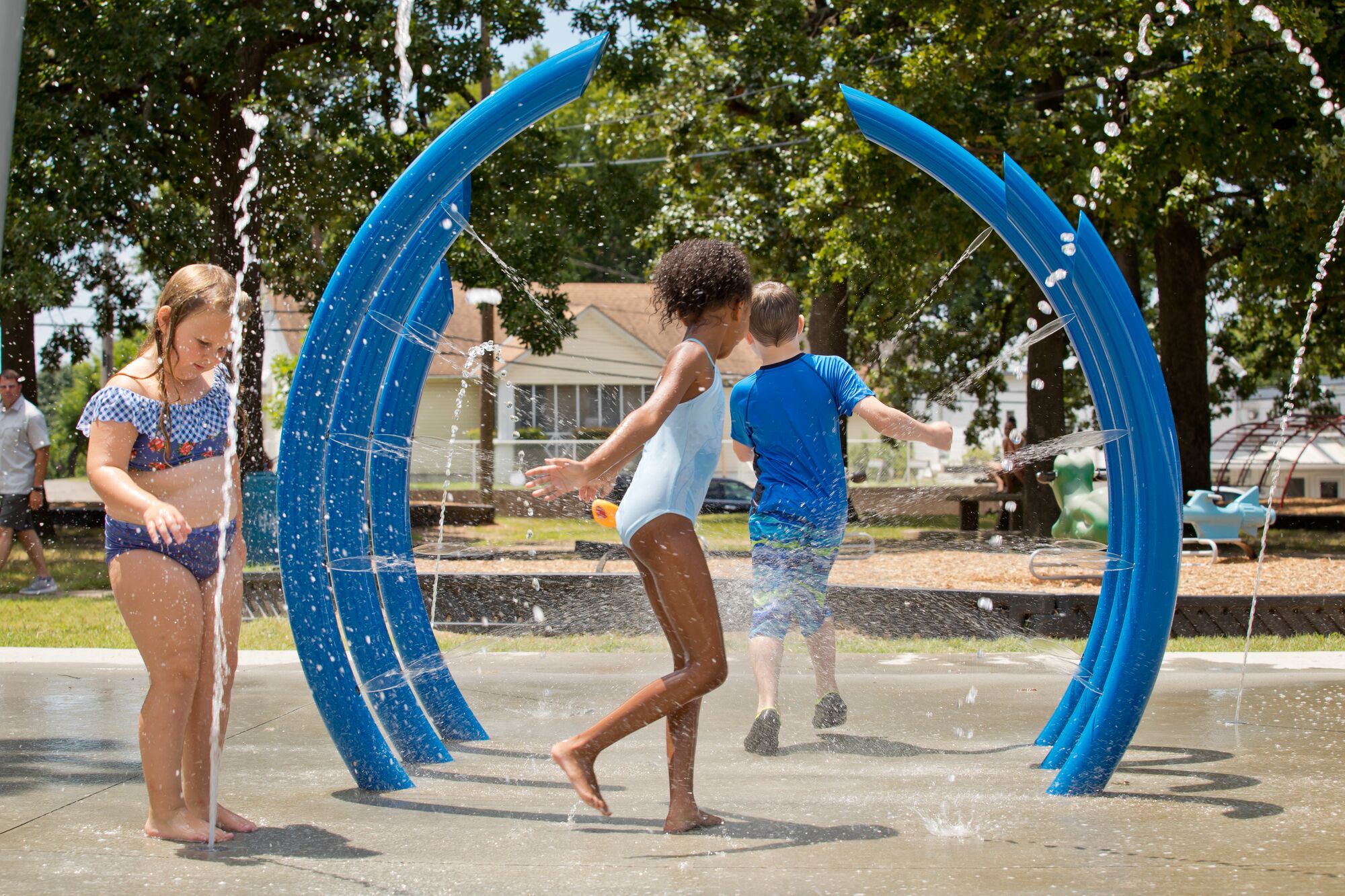
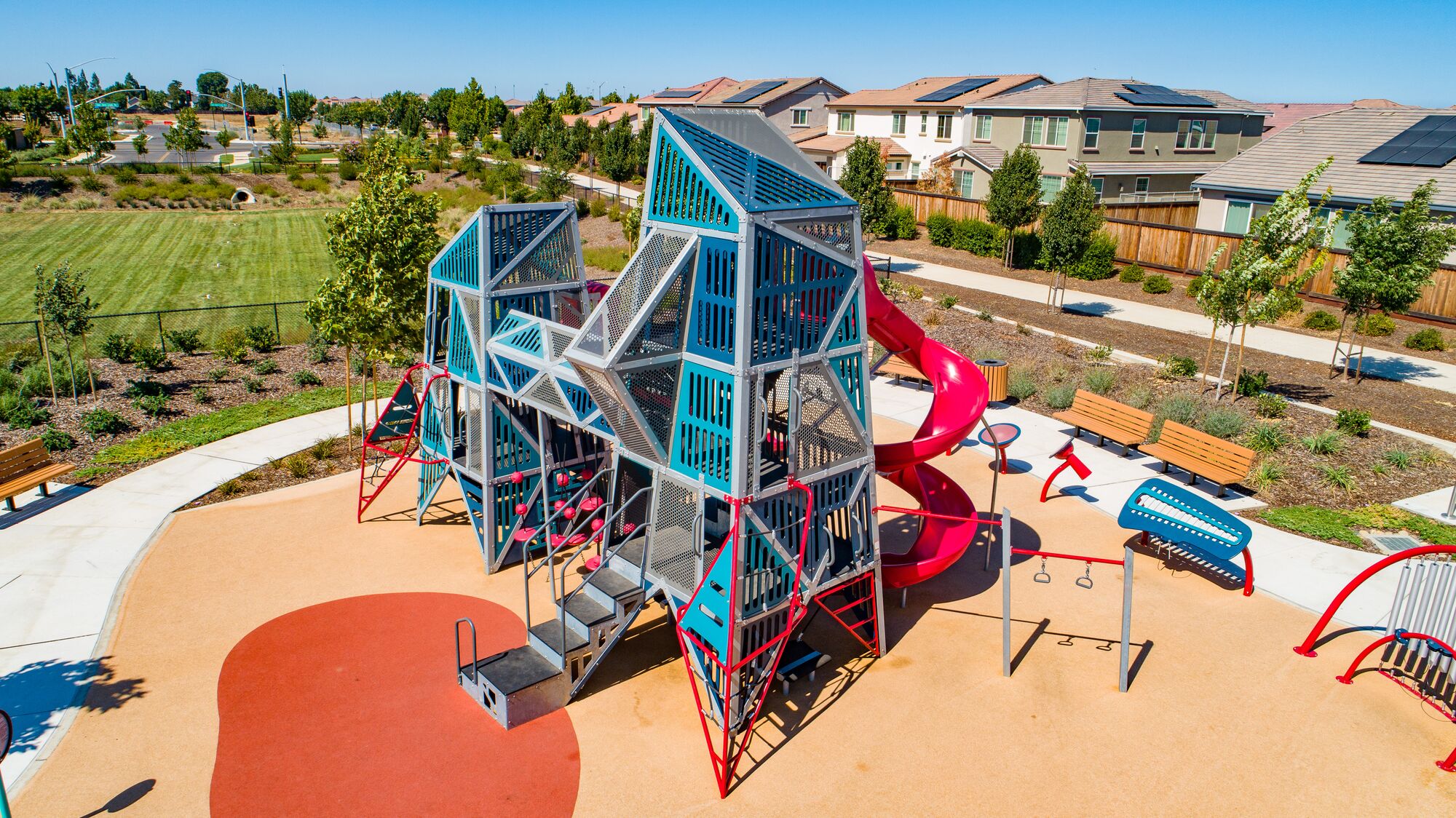
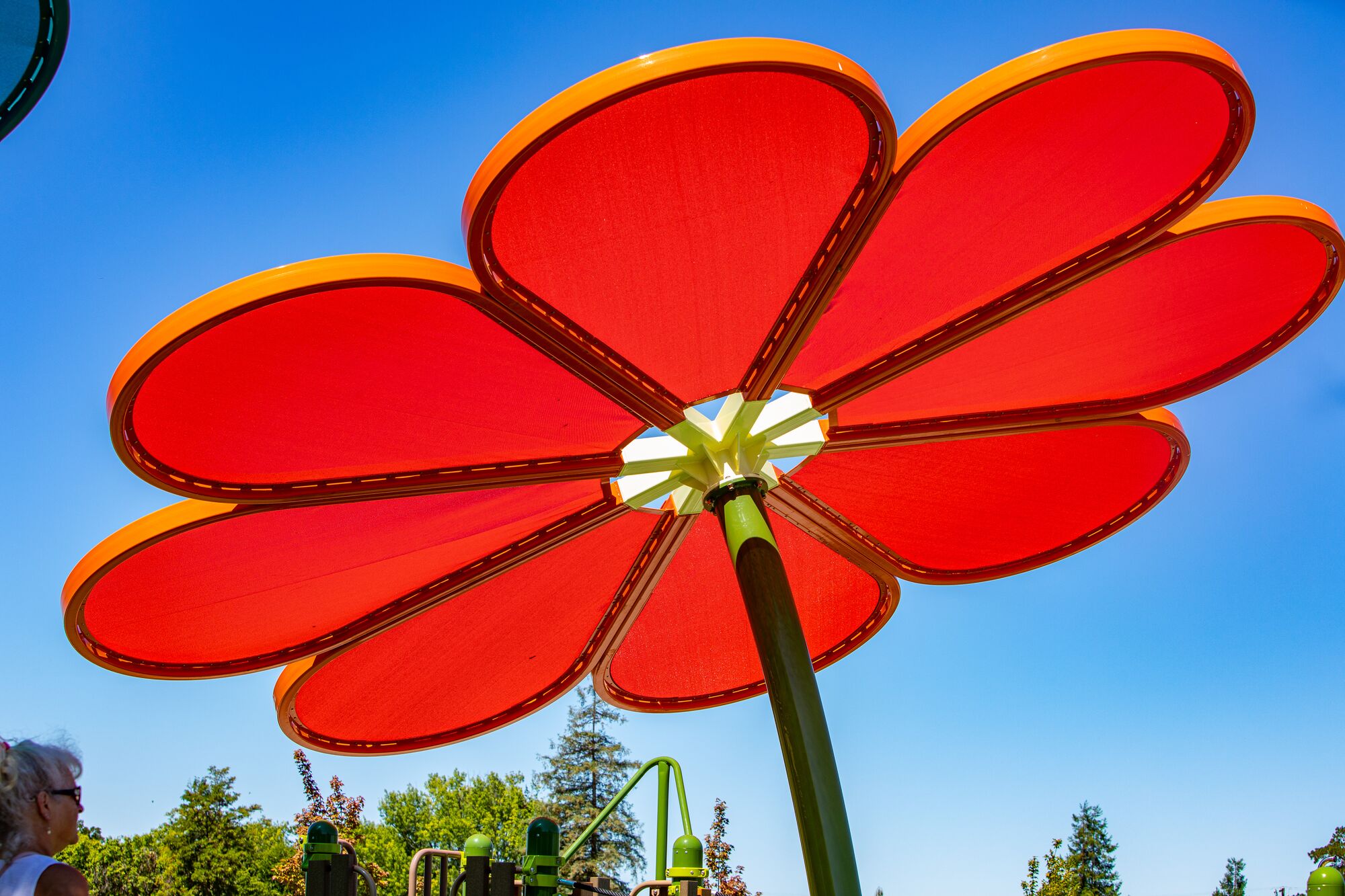
Many people remember the days of freestanding slides, swings and monkey bars. But in 1967, that idea of playground design advanced to interconnected play components. Cofounder Steve King created the continuous play concept, the revolutionary idea of combining playground activities. As his final thesis project at Iowa State University, Steve developed a system that linked play activities together to provide a continuous challenge for children. His premise was that if kids are together on one structure, they’ll learn things that they will use in real life like social and conflict-resolution skills.
While his thesis only scored him a C+ grade, Steve took his continuous play concept to his first job as a landscape architect specializing in park planning. In 1969, he put his approach in action in a playground design project for the City of Minneapolis. His first playground was a success, which lead to more interest. And in April 1971, Steve and Barb obtained a $1,000 loan and incorporated Landscape Structures to design and build playground innovation. See our company timeline here.

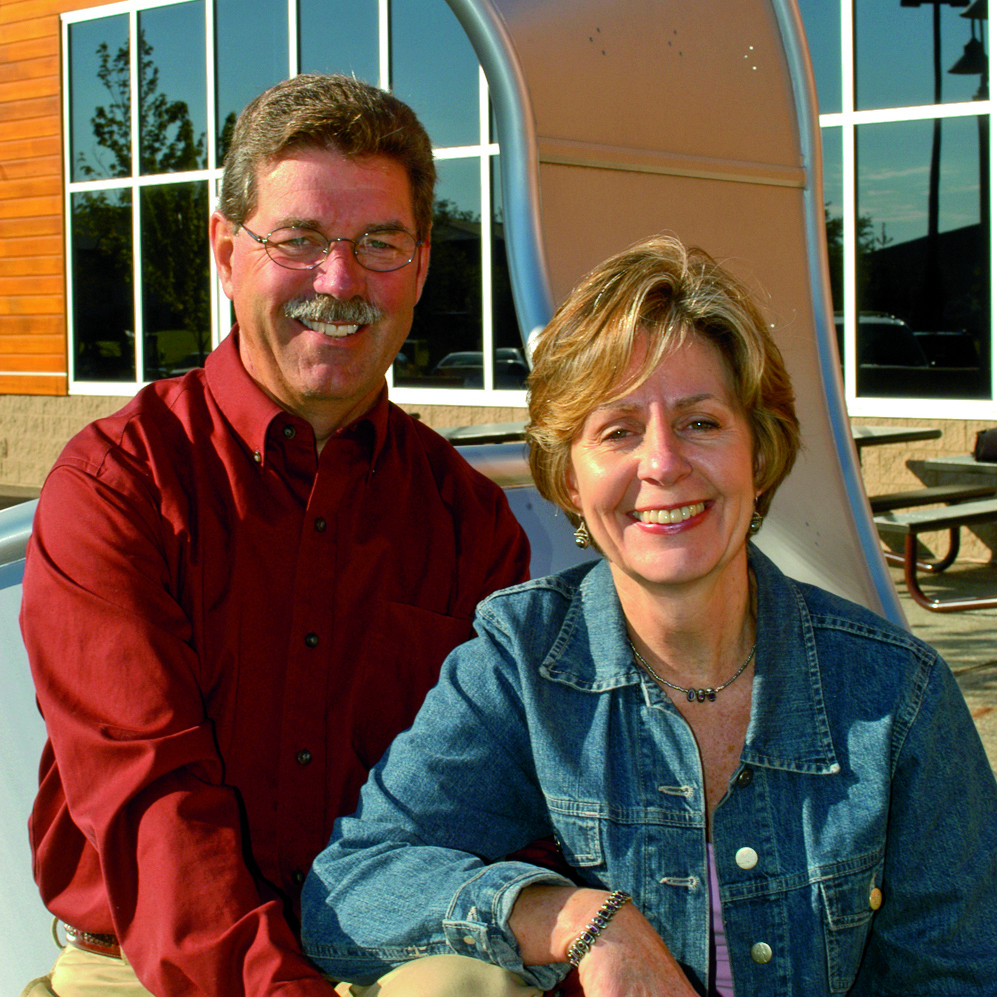
Landscape Structures’ commitment to playground innovation
Landscape Structures is committed to innovation. Hedra®, one of our more recent inventions, allows kids to safely navigate via their own intuition and curiosity, and invent routes, games and imaginary environments. Our long-standing commitment to inclusive play is breaking barriers with the new We-Go-Swing™, the first no-transfer inclusive swing that can be integrated directly into the playground setting. Even more, the use of innovative materials and the development of colors that are truly inspired by nature is changing the world of playgrounds.
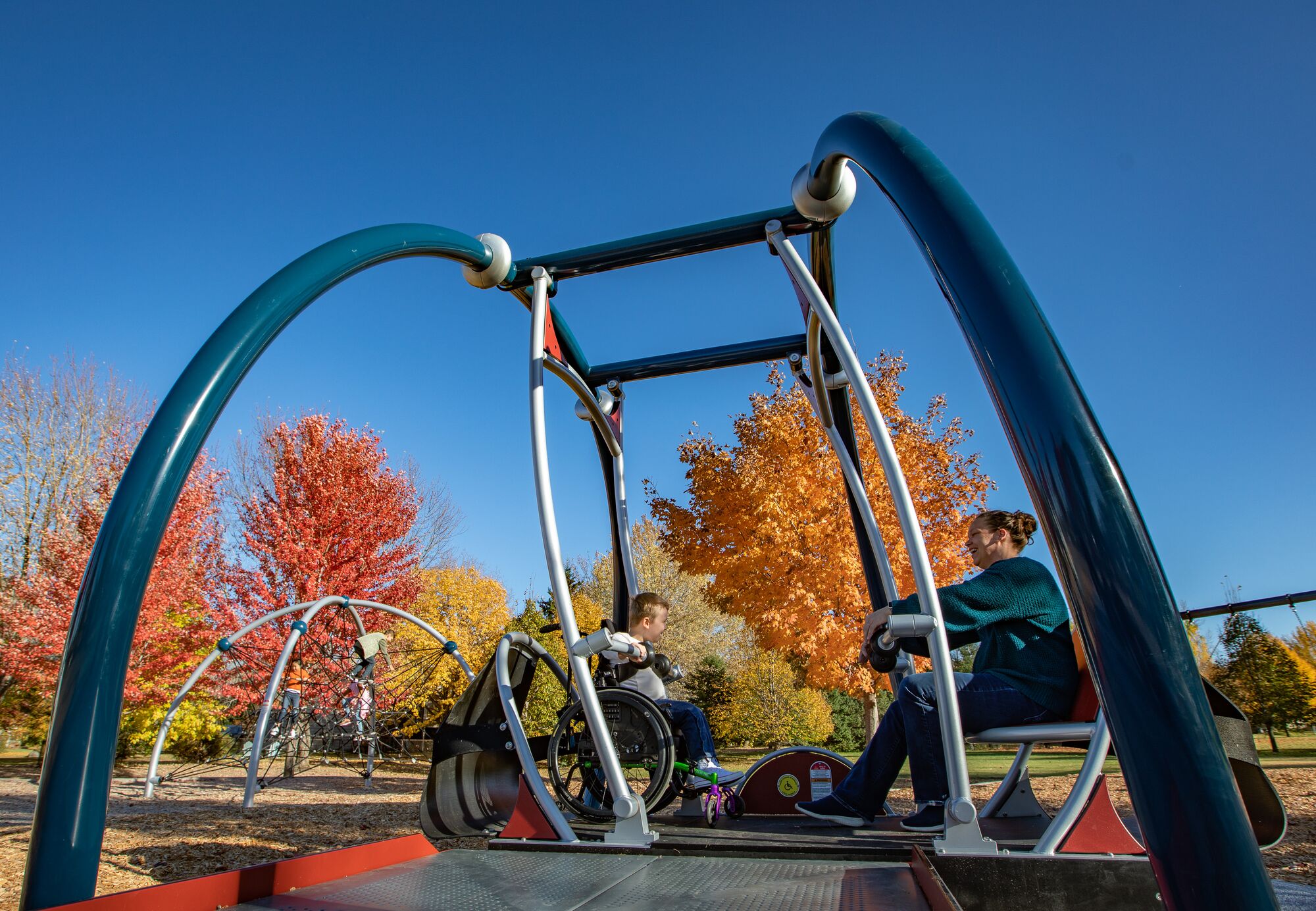
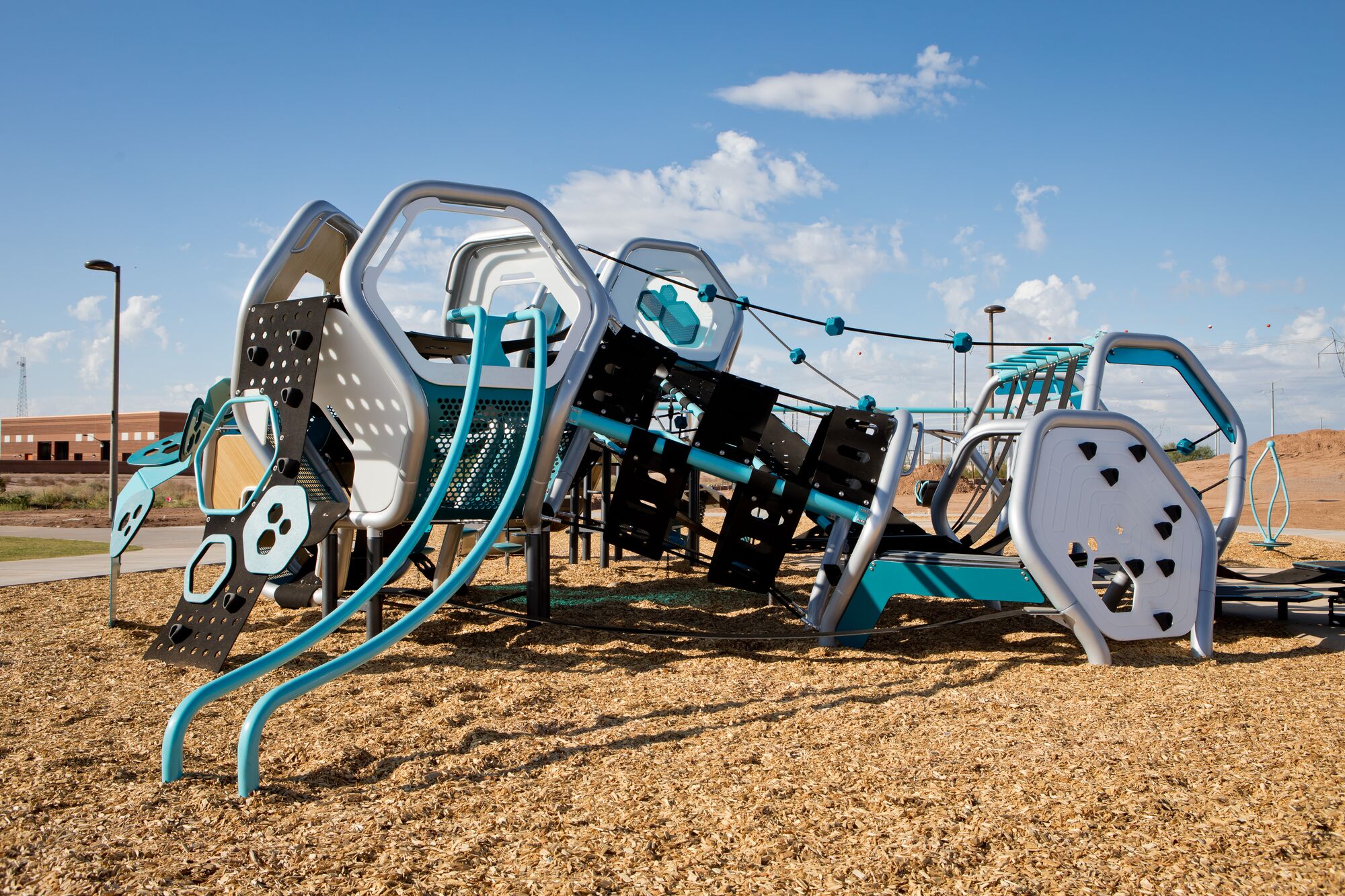
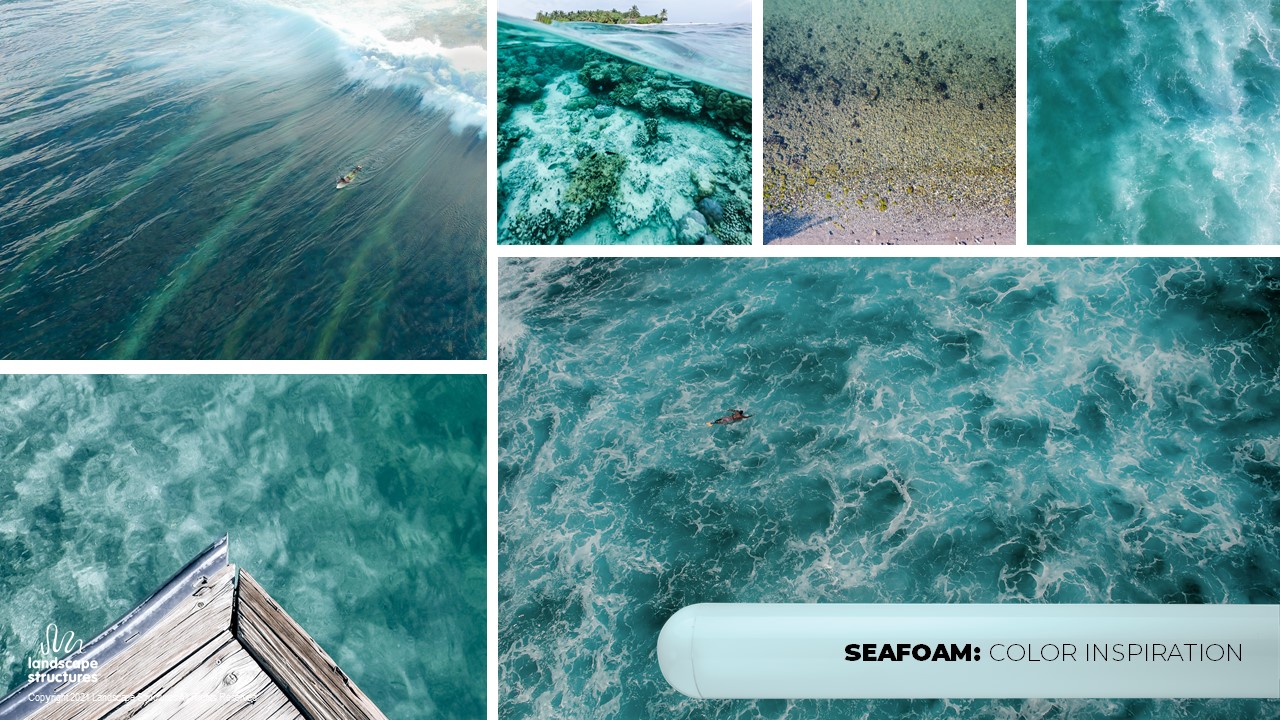
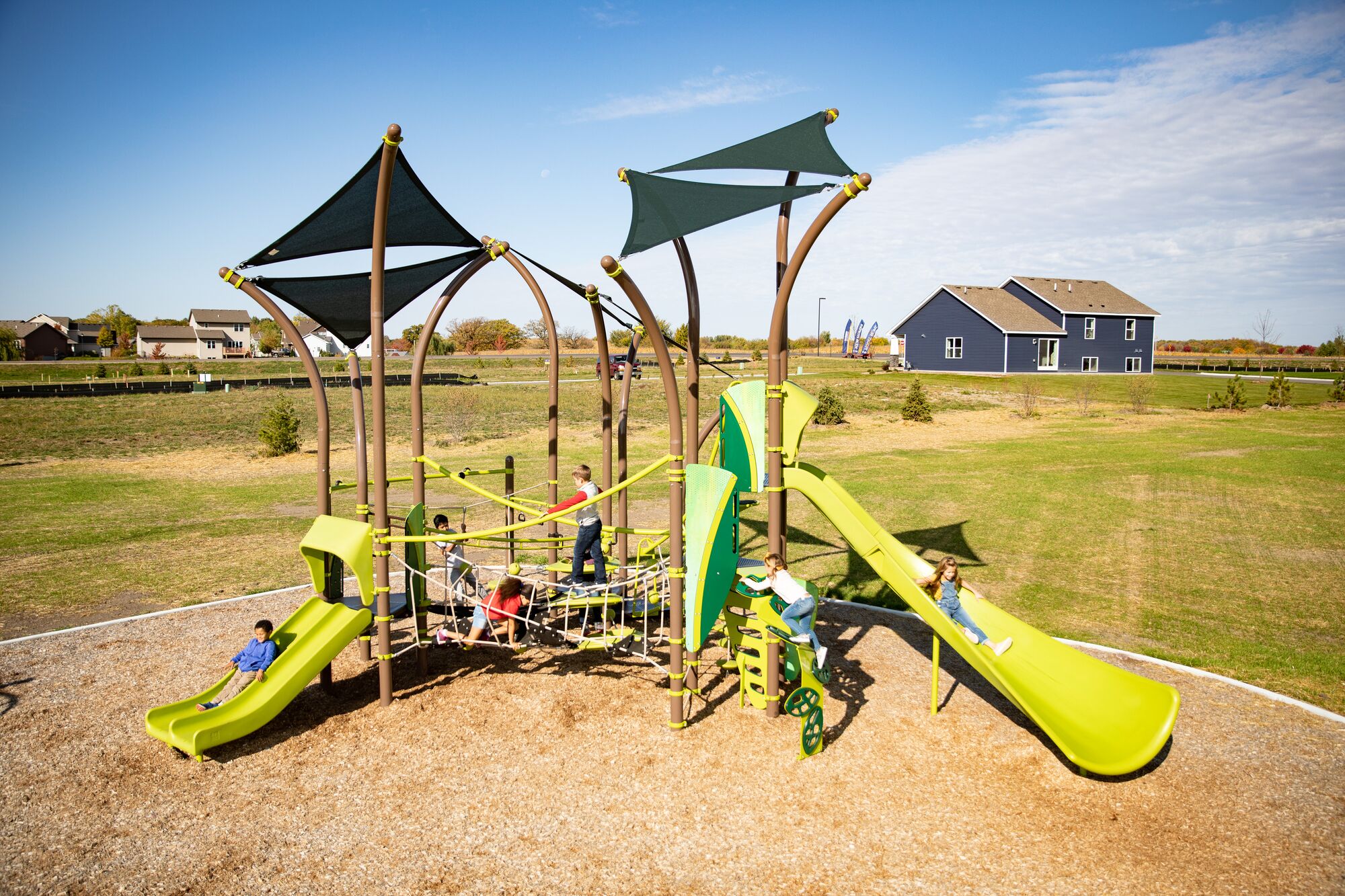
Reflecting on the power of play
As Landscape Structures moves into its 50th year of business, we’re taking time to reflect on the power of play. We know that play and recreation has far more value than just being fun; it is essential for the health and wellbeing of communities. And that’s why our team—nearly 500 employees and the network of more than 200 playground consultants worldwide—is proud to provide unique play opportunities for all ages, abilities and backgrounds. Because no matter what’s happening in the world, we will always come back to play.
